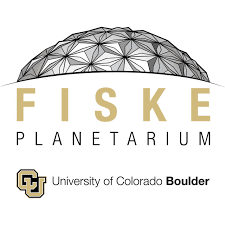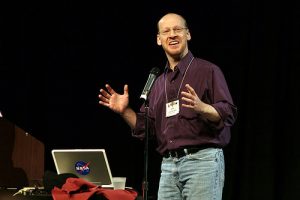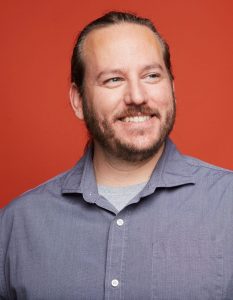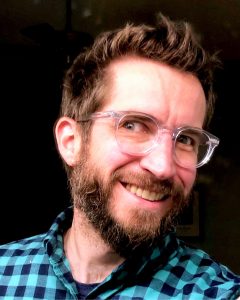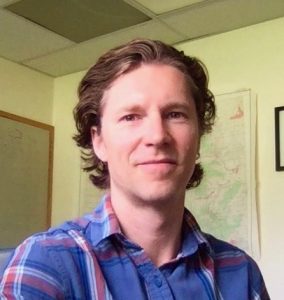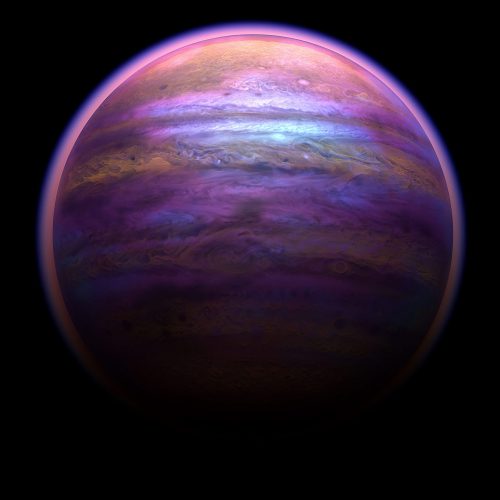Door Time: 2:00 PM
Showtime: 3:00 PM
Presented by KUNC, Fiske Planetarium, and Ball Aerospace:
Join us at the Chautauqua Auditorium on August 27th for Spaced Out 2: Explore The Cosmos, an exciting event for space and astronomy enthusiasts of all ages! Featuring multiple speakers from SWRI, NIST, and Ball Aerospace, interactive exhibits, and engaging activities. This family-friendly event will take you on a journey through the cosmos and beyond. Learn about the latest advancements in space exploration, discover new galaxies and stars, and explore the mysteries of the universe. Bring your questions for our expert panelists, and engage in hands-on activities that will inspire and educate. Don’t miss out on this unique opportunity to explore the cosmos with your family and friends.
About the Speakers & Topics:
Dr. Phil Plait – 5:15 PM
Under Alien Skies
What would it be like to sail above Saturn’s rings, or watch an eclipse from the Moon, or stare in awe as sunset brings a million brilliant stars to the sky of a planet in a star cluster? Astronomer and renowned science communicator Dr. Phil Plait will show you, based on his book, “Under Alien Skies: A Sightseer’s Guide to the Universe”. More than just a simple description of events, this talk will take you to these distant worlds — so you can feel what it would be like to be there, and experience them for yourself.
For as long as he can remember, Phil Plait has been in love with science: “When I was maybe four or five years old, my dad brought home a cheapo department store telescope. He aimed it at Saturn that night. One look, and that was it. I was hooked,” he says.
After earning his doctorate in astronomy at the University of Virginia, he worked on the Hubble Space Telescope as a NASA contractor at the Goddard Space Flight Center. He began a career in public outreach and education with the Bad Astronomy website and blog, debunking bad science and popular misconceptions. The book Bad Astronomy was released in 2002, followed in 2008 by Death From The Skies! He can most recently be seen in “Crash Course Astronomy”, a 46-part educational web series he wrote and hosted that has over 20 million views. He hosted the TV show “Phil Plait’s Bad Universe” on the Discovery Channel in 2010 and was the head science writer for “Bill Nye Saves the World” on Netflix, due out in 2017. Dr. Plait’s blog has been hosted by Discover Magazine and Slate, and is now on Syfy Wire.
Dr. Plait has given talks about science and pseudoscience across the US and internationally. He uses images, audio, and video clips in entertaining and informative multimedia presentations packed with humor and backed by solid science. He has spoken at NASA’s Kennedy Space Center, NASA’s Dryden Flight Research Center, the Space Telescope Science Institute (home of Hubble), the Hayden Planetarium in NYC and many other world- class museums and planetaria, conferences, astronomy clubs, colleges & universities, and community groups. He has appeared on CNN, Fox News, MSNBC, Pax TV, Tech TV, Syfy, Radio BBC, Air America, NPR, and many other television and internet venues. His writing has appeared in Discover magazine, Sky and Telescope, Astronomy magazine, Night Sky magazine, Space.com, and more.
Dr. Amir Caspi Dr. Dan Seaton – 4:30 PM
Planes, Trains, and Automobiles: How scientists chase eclipse shadows, and you can, too
Total solar eclipses are one of the most spectacular astronomical phenomena observable with the naked eye. They also provide a rare opportunity for scientists to study the Sun’s million-degree atmosphere — the solar corona — in ways and detail that are not possible at any other time. In this presentation, we’ll describe the surprising science of the Sun and solar corona, and its influence on us here on Earth, and the wonder of experiencing a total solar eclipse. We’ll introduce two innovative experiments that we will run during the upcoming U.S. total solar eclipse on April 8, 2024 and will also highlight how you, too, can safely observe this and future eclipses, and even participate in research projects planned during this awesome celestial event.
Dr. Amir Caspi works as a Principal Scientist at the Southwest Research Institute in Boulder. He studies the Sun, particularly powerful energetic processes like solar flares and eruptions and how they affect the Earth and assets in space. He is the Principal Investigator of the CubIXSS CubeSat to study solar flares through X-ray emission, and a mission team member of multiple NASA solar space missions. Dr. Caspi led the 2017 mission to observe the total solar eclipse with NASA’s WB-57 aircraft, and now leads the Citizen CATE 2024 and NASA WB-57 2024 total solar eclipse missions
Dr. Dan Seaton works as a Principal Scientist at the Southwest Research Institute in Boulder. He studies the Sun and its deep connection to the solar system through solar eruptions and the solar wind. He is the Project Scientist for the SunCET CubeSat to study the Sun’s extended atmosphere in extreme ultraviolet emission, and a member of the mission teams for multiple NASA and ESA Sun-observing space missions. He has been observing solar eclipses since 1999 and serves as the Project Scientist for the Citizen CATE 2024 and NASA WB-57 total solar eclipse missions.
MacKenzie Ferrie – 3:40 PM
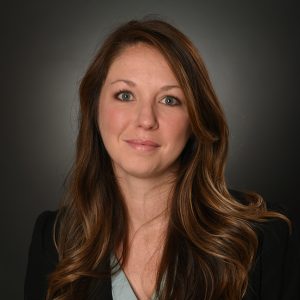
X-ray Eyes on the Cosmos
Supermassive black holes, exploding stars, magnetars—all extreme objects producing extreme energy—in other words, X-rays. Difficult to observe or measure, NASA’s Imaging X-ray Polarimetry Explorer has taken on the challenge in a brand-new way. The Ball-built IXPE spacecraft carries telescopes and detectors designed to observe polarization, or the vibration of light, and reveal secrets about mysterious celestial objects. Hear more about this unique spacecraft with its origami boom, designed and built with partners around the world during the height of COVID-19.
As Deputy Director of Ball Aerospace’s civil space programs, MacKenzie Ferrie works with internal and external teams to ensure the successful completion of flight hardware. She has also served as program manager and manufacturing/test lead for both space science and Earth science missions, including NASA’s Imaging X-ray Polarimetry Explorer (IXPE) observatory, Thermal Infrared Sensor 2 cryocooler on Landsat 9 and Operational Land Imager on Landsat 8. MacKenzie received a B.S. in industrial engineering from Western Michigan University and an M.E. in engineering management from the University of Colorado. When she’s not busy with work teams, she’s busy camping, traveling, and gardening with her home team.
Dr. Hannes Hubmayr – 3:05 PM
The Origin of the Universe
Throughout most of human history, different cultures made up stories to explain the beginning of life, the earth, and the cosmos. We currently live in a remarkable era for cosmology, the study of the universe on its largest scales. We now have the tools to ask “what is the origin of the cosmos?” from a scientific perspective. In this brief talk, I will describe the universe’s origin story — a hot big bang with expansion faster than the speed of light — as discovered through scientific inquiry. I will also introduce big unresolved questions in our understanding of the universe and what observations can help address them.
Dr. Johannes Hubmayr is an experimental physicist and Group Leader in the Quantum Electromagnetics Division of the National Institute of Standards and Technology (NIST). His Group designs and micro-fabricates custom cryogenic sensor arrays and multiplexed readout for applications in cosmology, astrophysics, security, and increasingly in support of quantum information science. In one research theme, the Group works in large scientific collaborations to build millimeter-wave cameras that make exquisite measurements of the cosmos to understand fundamental physics, how the universe began, how it has evolved, and to determine the values of cosmological parameters such as the physical baryon density to high precision. As of early 2023, Dr. Hubmayr’s 300+ scientific publications have been cited 11,400+ times.
Climb aboard the

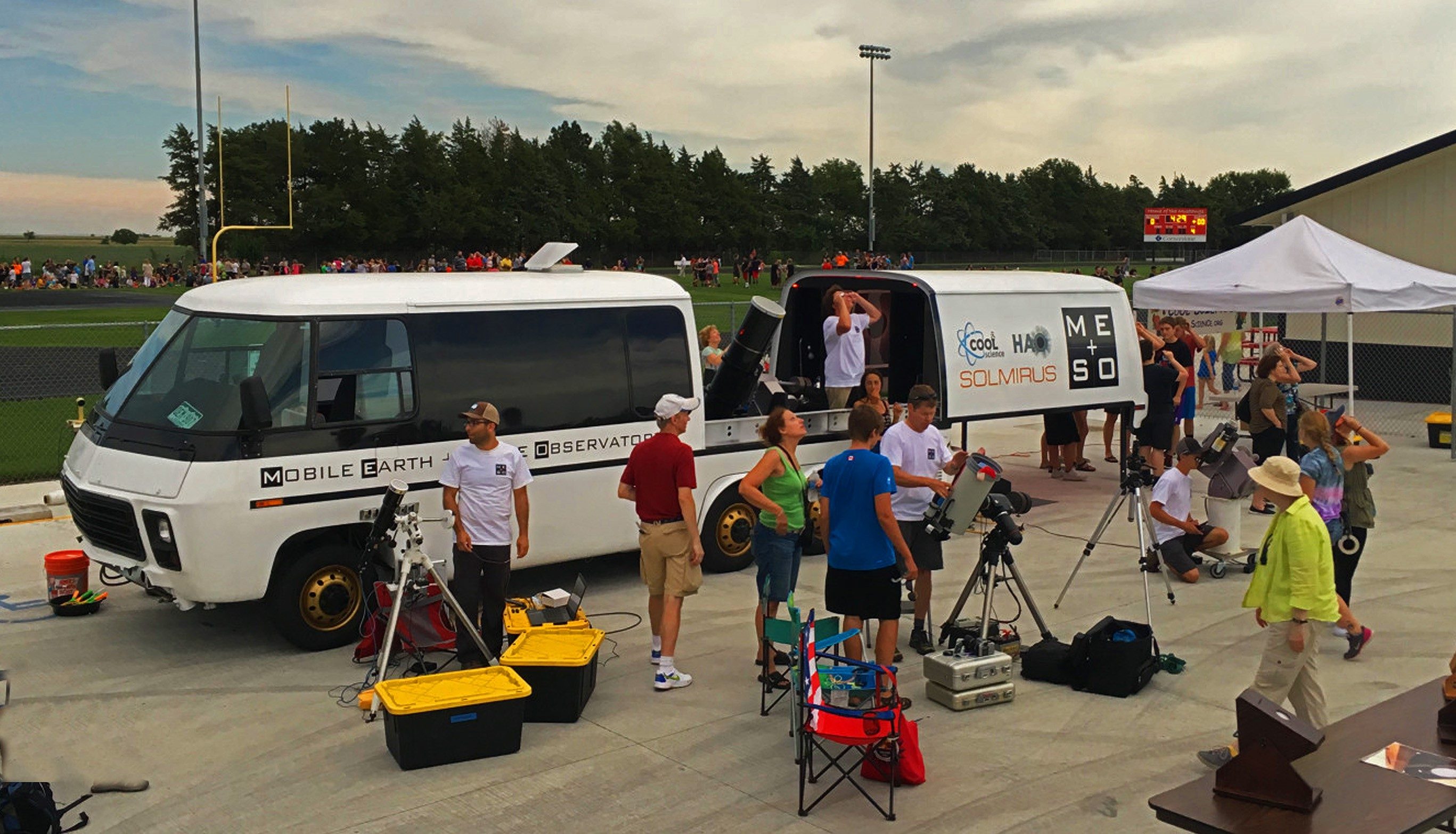
The Mobile Earth + Space Observatory (MESO) is a mobile environmental and space science laboratory outfitted with hands-on educational and research instrumentation that support activities focused on weather, climate, astronomy and renewable energy. The goal for this ‘science center on wheels’ is to engage the public in scientific inquiry and allow them to experience authentic science first-hand.
There will not be free shuttle service for this event.

